How a one-week stint as a PGA Tour caddie gave this writer a whole new appreciation for loopers
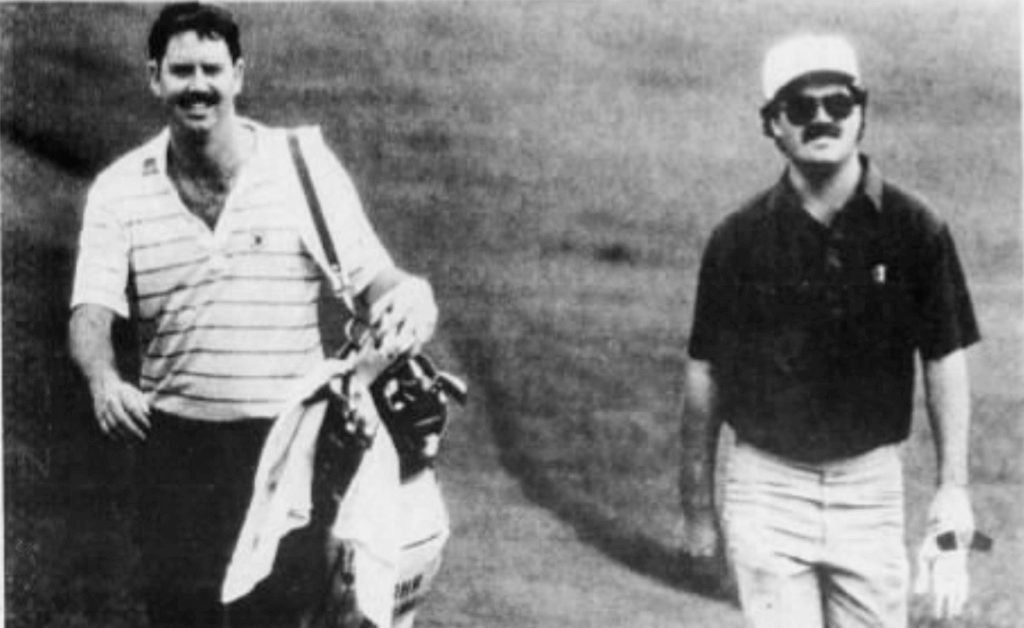
I have covered more than 50 majors, hosted a two-hour golf-radio show for seven years and written 5,000-plus stories about the sport.
Still, I learned more about professional golf during my one week as a “PGA Tour caddie” during the 1987 Honda Classic than all of the above.
I use the term “caddie” loosely, because it was the only time I’ve ever carried another golfer’s bag. And I knew going in a player would agree to use me for one reason: I was golf’s version of a cheap date.
Free, in other words.
Working through the PGA Tour’s PR staff, I was hooked up with a young pro named John Horne, a rookie on tour who had finished 23rd in the previous year’s q-school. I would spend the week writing a Diary of a Caddie for the Palm Beach Post.
I didn’t know much about John, who was 27. There was no Internet to “google” in ’87.
I later learned John had been on the same Houston golf team that included Fred Couples, Jim Nantz and Blaine McCallister. Horne became a golf professional in 1982 and won seven mini-tour events before qualifying for the PGA Tour.
I much later learned Horne had been a star quarterback at a Texas high school with several college scholarship offers – until he blew his knee out during his senior season.
John wasn’t sure until Monday of tournament week he was in the field. Back then, the Honda Classic struggled to get a decent field because it was the week after Doral — what Greg Norman always called his start of the golf season – and a course in Coral Springs (TPC at Eagle Trace) that was roundly criticized — Norman said all it was missing was windmills.
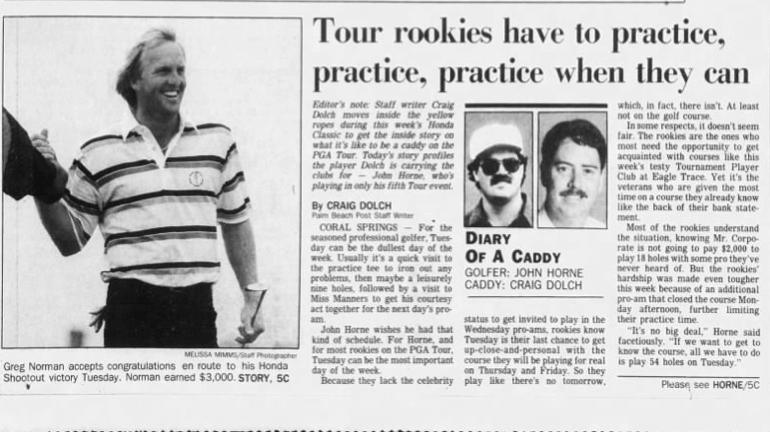
That year’s Honda attracted Jack Nicklaus (a year after his emotional Masters win at 46), Norman, Raymond Floyd, Payne Stewart and Bernhard Langer — and not much more.
The purse was $600,000, crazy low by today’s standards where finishing third gets you more than that.
Horne didn’t exactly come into Honda loaded with confidence. He had finished 65th at Pebble Beach in his first event as a PGA Tour member and then missed his next three cuts on the West Coast swing. He had failed to break 70 in any of his 10 rounds.
I wasn’t exactly ready to replace Angelo Argea, either. I did have the foresight to call Nicklaus at home and ask him for any caddying advice.
“The best I can tell you is the three ‘ups,’” Jack said. “Show up, keep up and shut up.”
I could do that.
When I first met John on Tuesday, there was no great exchange of information. I had no idea how long he hit his 7-iron or what was his favorite club. He did tell me he liked to hit his layup on par 5s to 100 yards.
Also, when he said, “Skoal me,” that meant to hand him his dip. Not many golfers dipped, but he was from Texas.
Tuesday’s practice round was a marathon. John knew it was his first, and only, look at the Eagle Trace course because he wasn’t in Wednesday’s pro-am (even back then, the Tour was not a fair fight for rookies), so we played 27 holes.
I say “we” because that’s what caddies and players do – it’s never “me,” unless I’m the one who accidentally kicks the ball in the rough.
For a guy who had never carried a Tour bag for one hole, Tuesday was an eye-opening, leg-wearying experience. Try placing a 40-pound weight on your back and walking 10 miles.
I was 28, but I felt 58 after carrying a bag for those 27 holes.
I learned two things Tuesday: John almost always hit a draw, even to a back-right pin, and he loved to play aggressively.
Like a former football player.
When it was time to tee it up in Thursday’s first round, it was a different ballgame. Much quieter.
John had a late morning tee time, paired with former U.S. Amateur champion Sam Randolph and Bill Britton (a fellow ex-Gator like myself). It was not exactly a featured grouping, though Randolph would win his only PGA Tour event later that year.
We were in the group behind Langer’s, which meant the few people in the gallery following them were always leaving the green as our threesome was hitting their approach shots. It was annoying and sad – we had almost no fans following us.
The wind was howling that day, as it always seemed to do at TPC at Eagle Trace, a flat course that was only 2 miles east of the Everglades. It was a tough day for scoring.
My goal was basically not to screw up. I didn’t want to walk into any player’s line or move while another player was swinging.
I didn’t even know which caddie held the flag on the green (usually the one with the player facing the shortest putt). When I asked Jim “Bones” Mackay where to stand when John was putting, he said it’s best to be positioned “where I could see his belly button.”
I was also concerned with what not to do. I didn’t think it would inspire confidence in my player if, while he was hitting his tee shot on a par 3, I was fingering the sand wedge in his bag. Or if I was reaching for another ball when he was trying to hit over the water and reach a par 5 in two.
In the first round, John had two runs of three consecutive bogeys, including one to start the day. He shot a 5-over 77, which given the conditions wasn’t bad. He had a chance to make the cut – and me to work on the weekend.
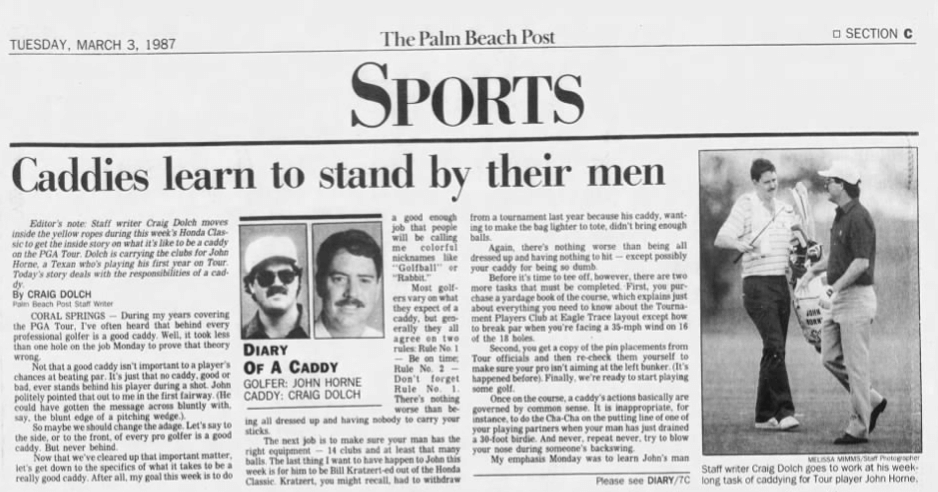
When we got to the course on Friday, things were a little different. Think the priest scene in “Caddyshack.” Thursday’s round seemed like a walk in the park.
It was blowing 30 mph and the rain was coming down sideways Friday. Forget about keeping the clubs dry. We were just trying to stay upright.
I remember looking around at one point and realizing there were two people in our gallery, including Sam’s wife. When we made the turn, the standard bearer went to the clubhouse and didn’t come back.
Wise move. Neither did Sam’s wife.
I’m thinking, “Wow, professional golf isn’t as glamorous as we think.” All everyone remembers is the guy walking up to the 18th green, getting the big paycheck and kissing his wife.
We don’t see three guys playing in miserable weather in front of nobody, knowing there’s a good chance they won’t make a penny this week.
READ: Caddie Matt Minister’s path to a top-10 player in the world’s bag has been anything but ordinary
John played great given the conditions, shooting a 3-over 75 that once again included three bogeys in a row.
We got a bad break on the par-5 14th hole when John’s chip stopped on a ridge just above the cup. One foot less and he would have had a short birdie putt. Instead, John saw his downhill putt roll 20 feet past the hole. He missed the comebacker, and a birdie turned into a bogey.
He showed his anger on the next hole, when he carelessly hit a draw into a far-right pin just next to water. Horne rinsed his shot, though he managed to save bogey when he was allowed to drop on the fringe.
I could sense a bond between the three players (and the caddies). Randolph played poorly Thursday, but he was rooting for John and Britton to make the cut. (Britton made it.)
John birdied the 17th hole to give us a chance, but he missed a 15-foot birdie on the 18th. A 3-over 75 left him one shot over the current cut line of 151. Having just spent the last five hours in miserable conditions, I was fine without caddying on the weekend. It wasn’t like I had a financial interest.
When it was confirmed our week was over, we said our goodbyes. John would make just four cuts in 29 tries in ’87, the only full season he played on the PGA Tour.
Horne was unable to have success in the sport that his college teammates – Couples, Nantz and McCallister – enjoyed (Nantz as perhaps the best announcer of his generation). Horne was fine with that.

John never went back to q-school. He returned to Texas and became a PGA Professional at Plainview Country Club. He now spends his days farming in Plainview, something he did with his father when growing up.
Nantz made an eye-opening comment in Golf Digest three years ago when he called Horne “the greatest putter of all time.”
Of all time?
“John just has a special gift,” Nantz said. “John is one of the great guys in my life. I’ve known him for 40 years and love him like a brother. I was happy to say that about John in Golf Digest for all the world to read.”
Being with John for only three days during the ’87 Honda, I hadn’t gotten the chance to learn the delicate balance between player and caddie. When to say something. When to shut up. When to show him the whip. When to be his best friend.
They say a good caddie will save his player a shot a round, which could be the difference between a great week and an average week. It could also be the difference in staying on the PGA Tour.
I remember one other thing about that week as a looper: While watching Sunday’s final round on TV, I was encouraged when Mark Calcavecchia won the Honda by three shots. Not because I knew Calc, a fellow West Palm Beach resident.
It was because I remembered Calc had caddied at the previous year’s Honda for his buddy Ken Green. Having caddied that week, maybe that meant I had a chance at winning next year’s Honda Classic …
Shut up.



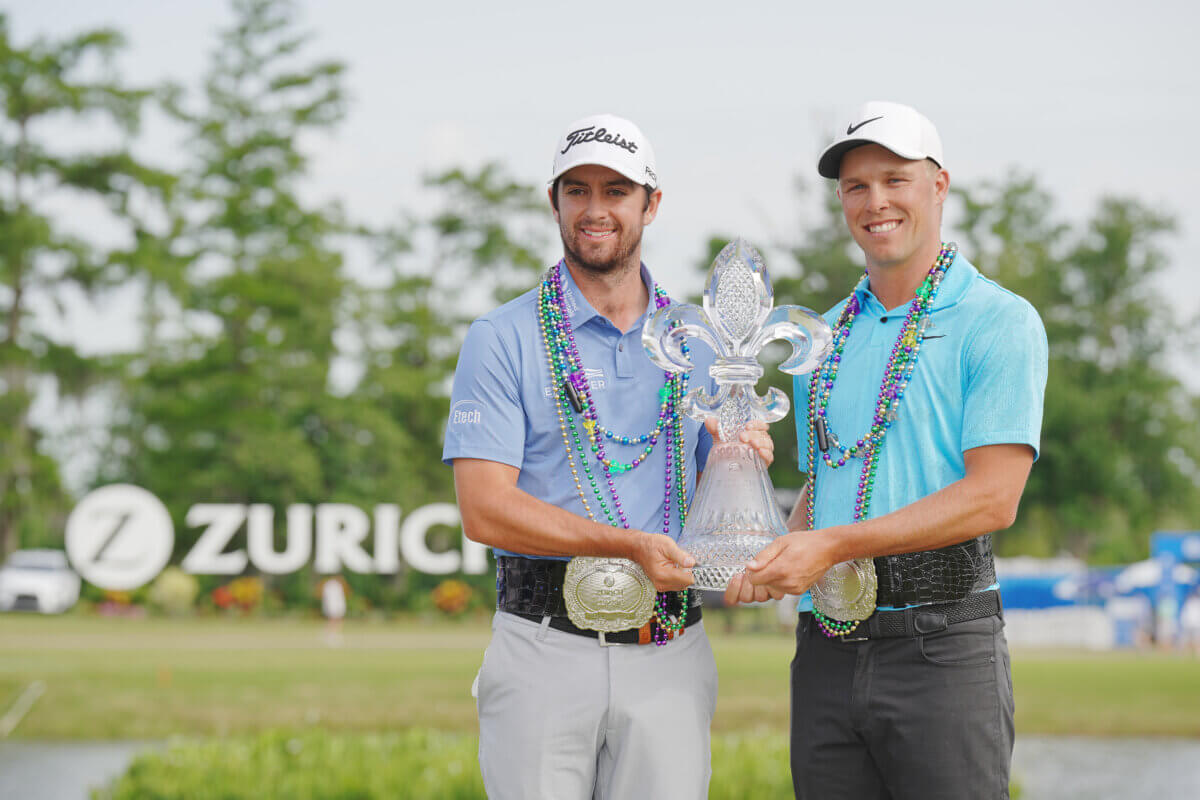
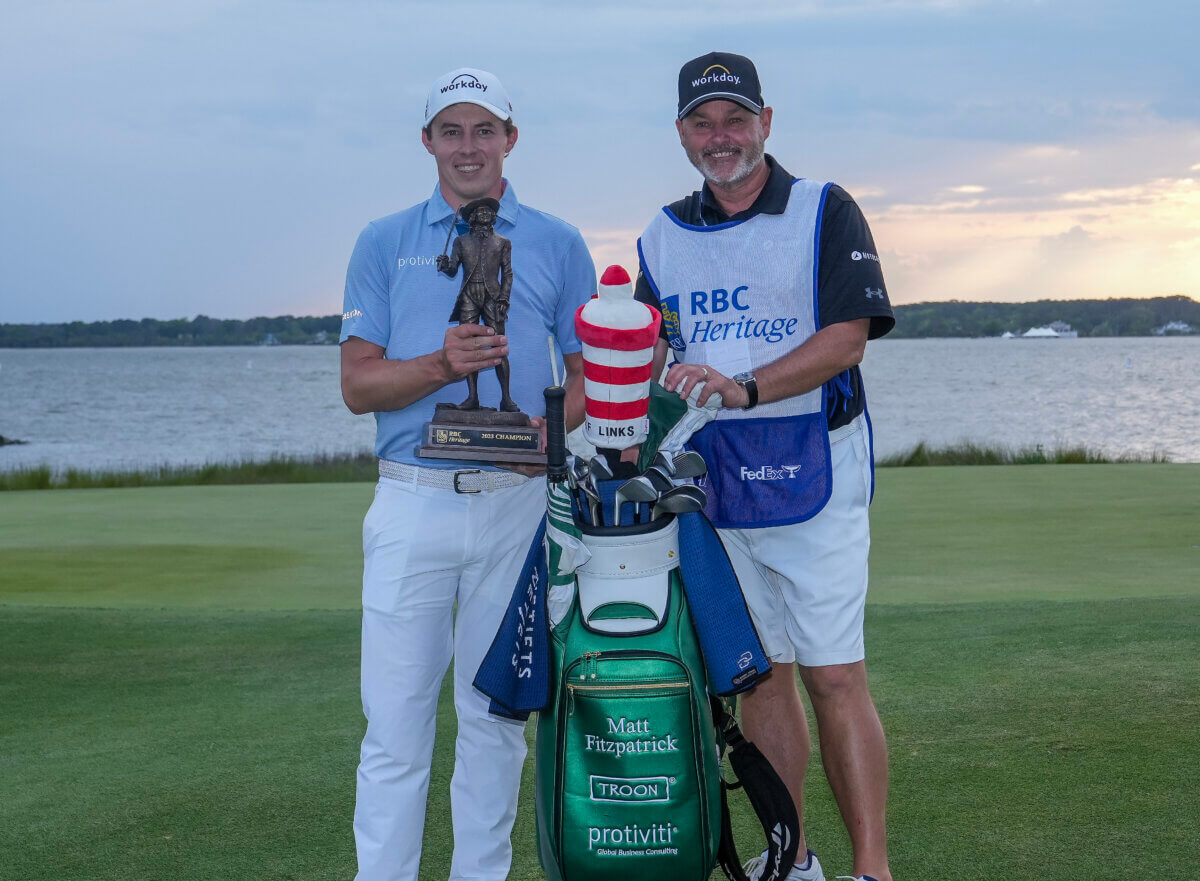
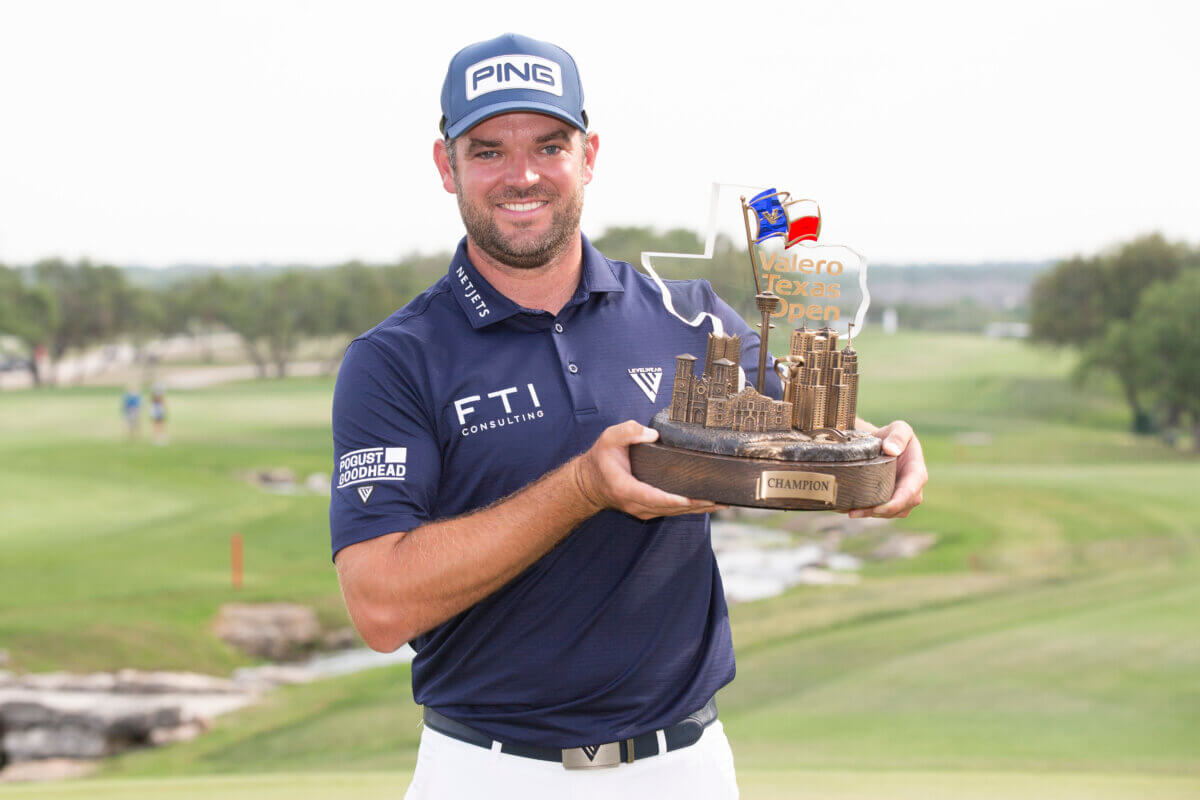
One year a Barry University woman golfer won a raffle to play in the LPGA event at Turnberry in Miami. Lawrence asked me to go talk to her…good story he said. I went out and caught her on 8. I met her parents and realized she was carrying her own bag. Het caddy didn’t t show. So I met her on 10 tee, told her I would caddy for her and she immediately birdied the hole, her first of the day. She was playing with Maria Bueno I think her name was. Unfortunately it was her only birdie of the day but it was great fun being on the bag.